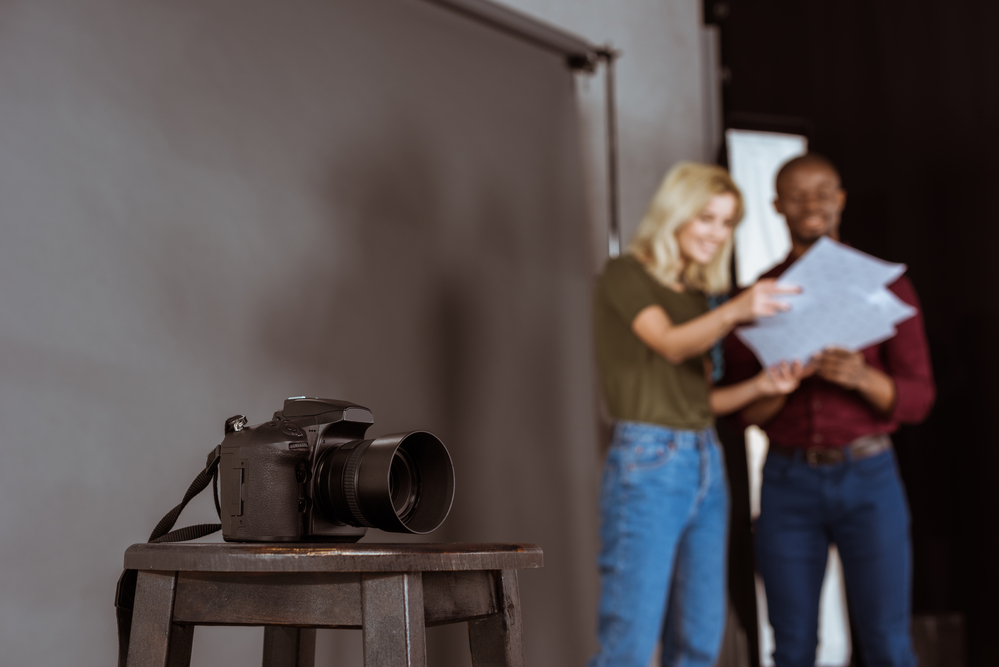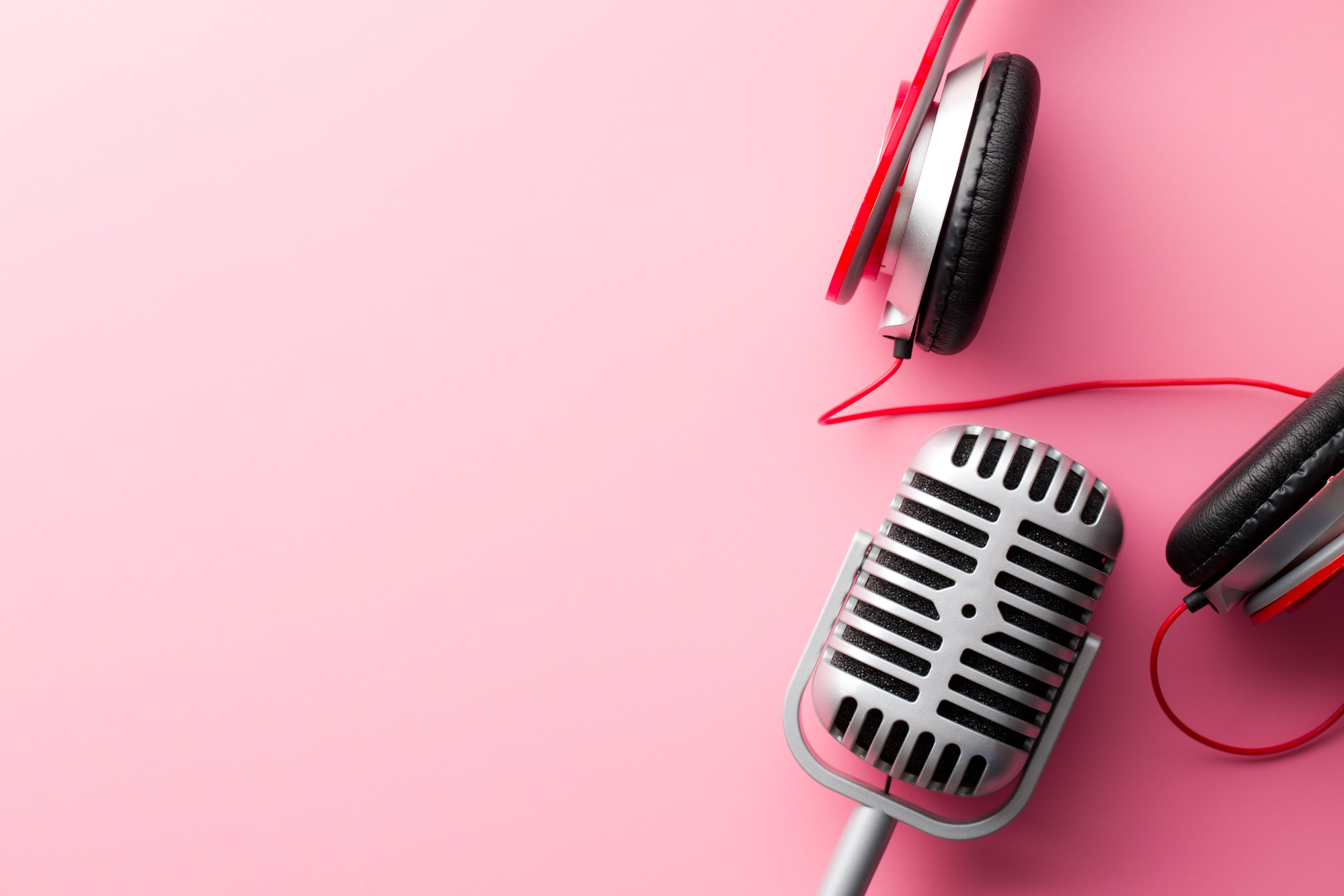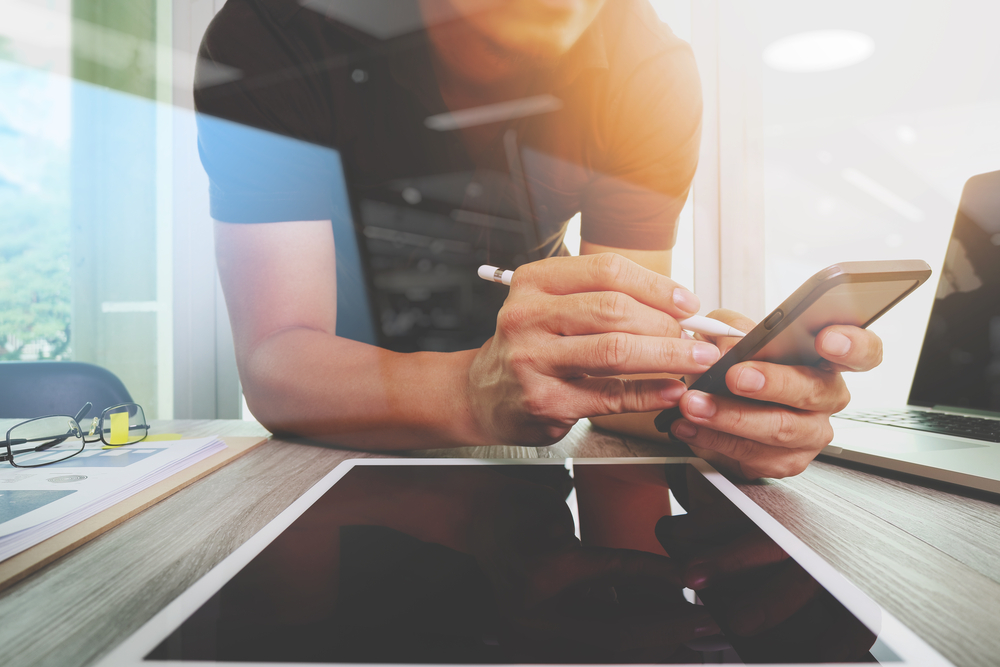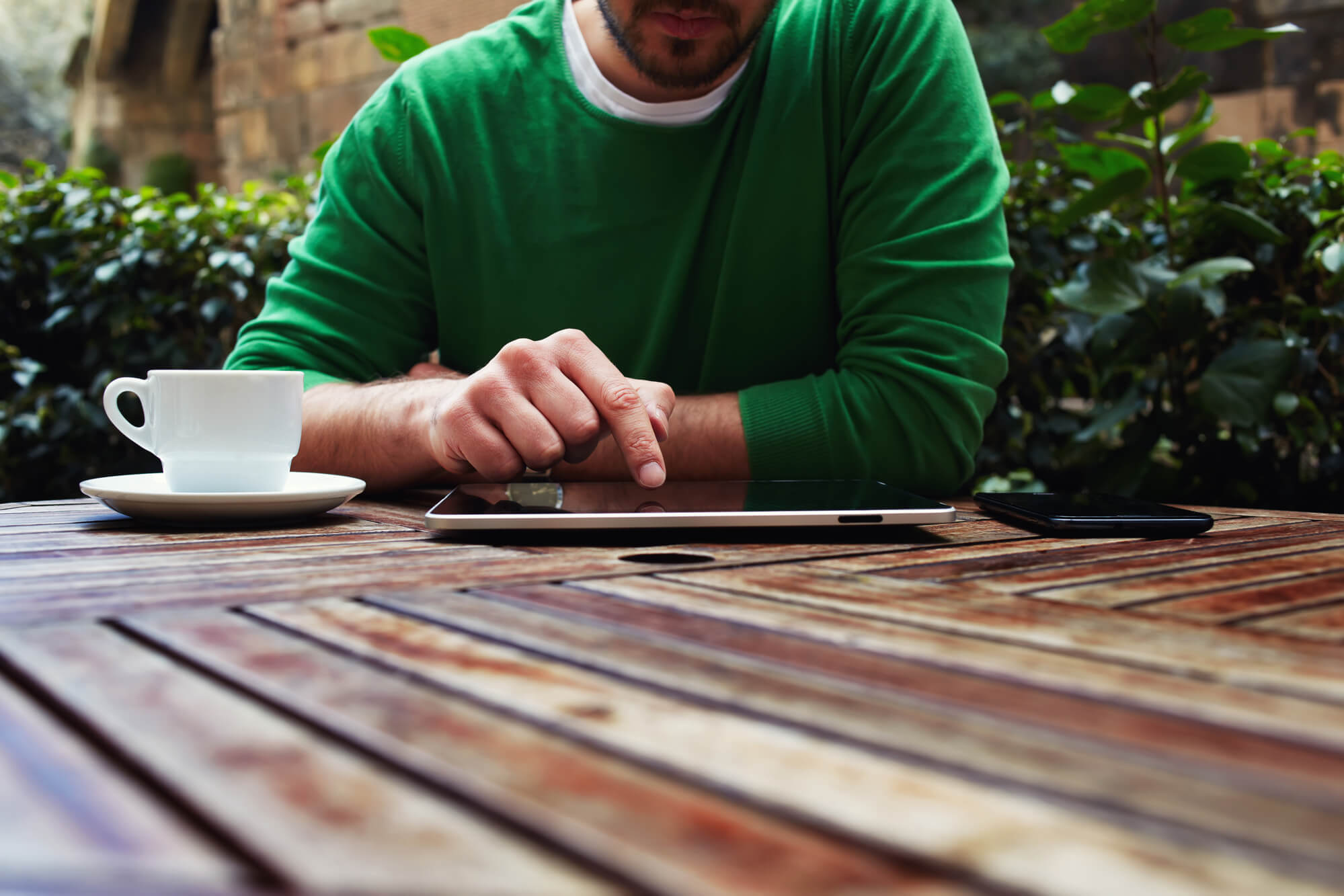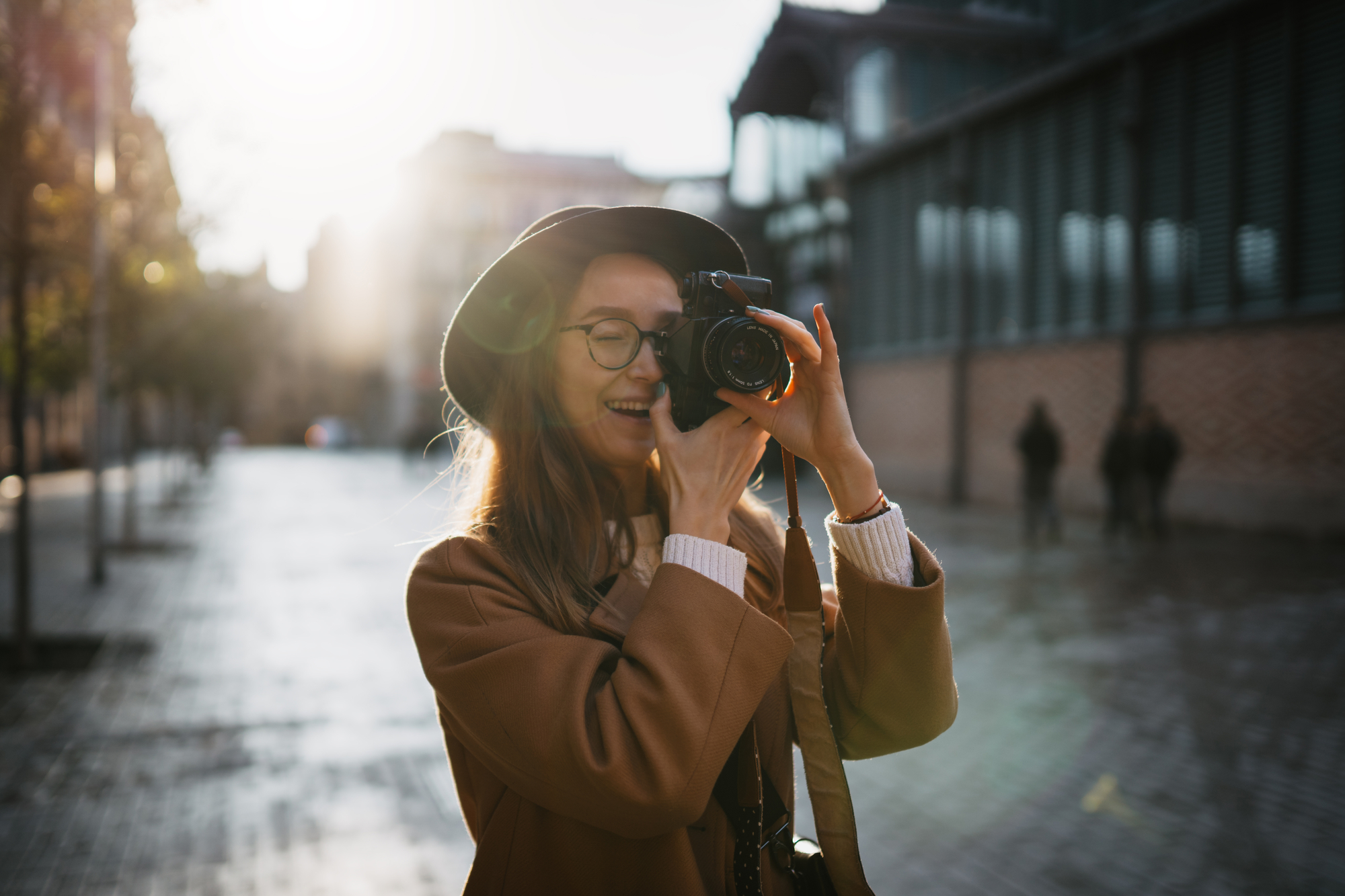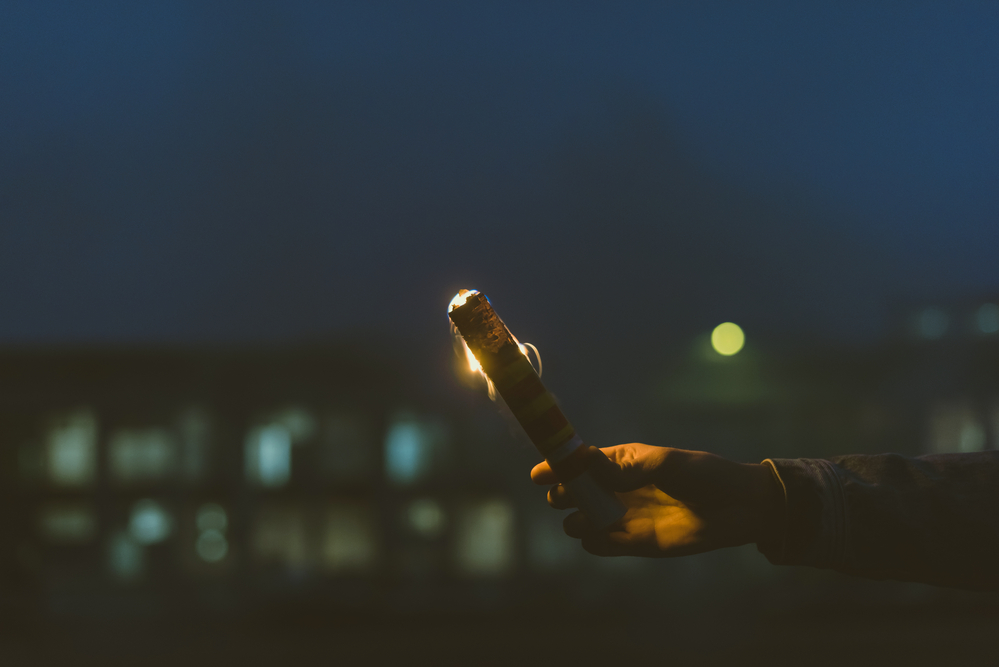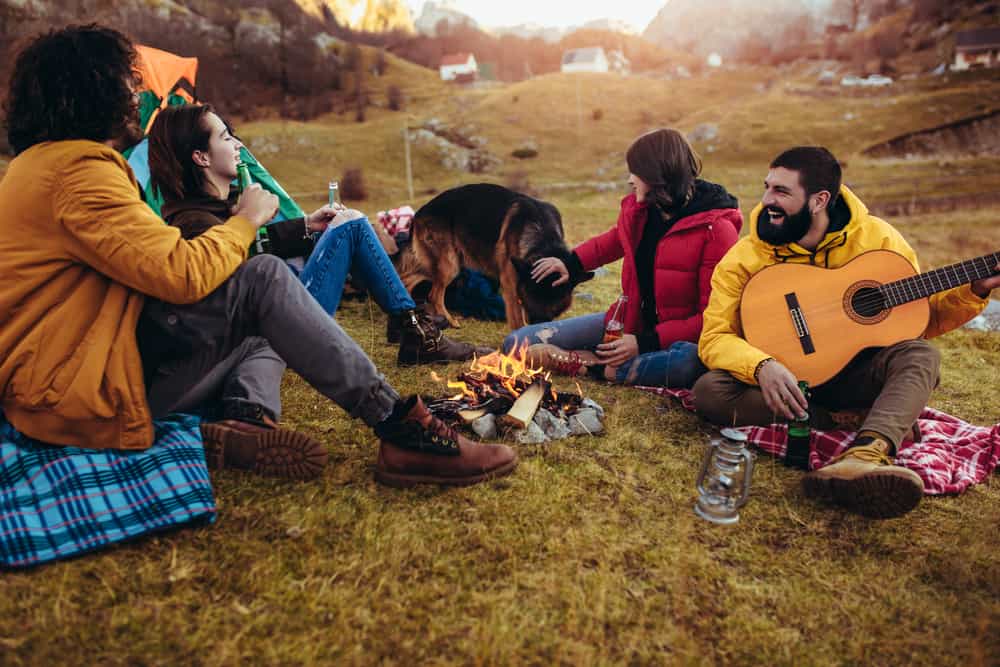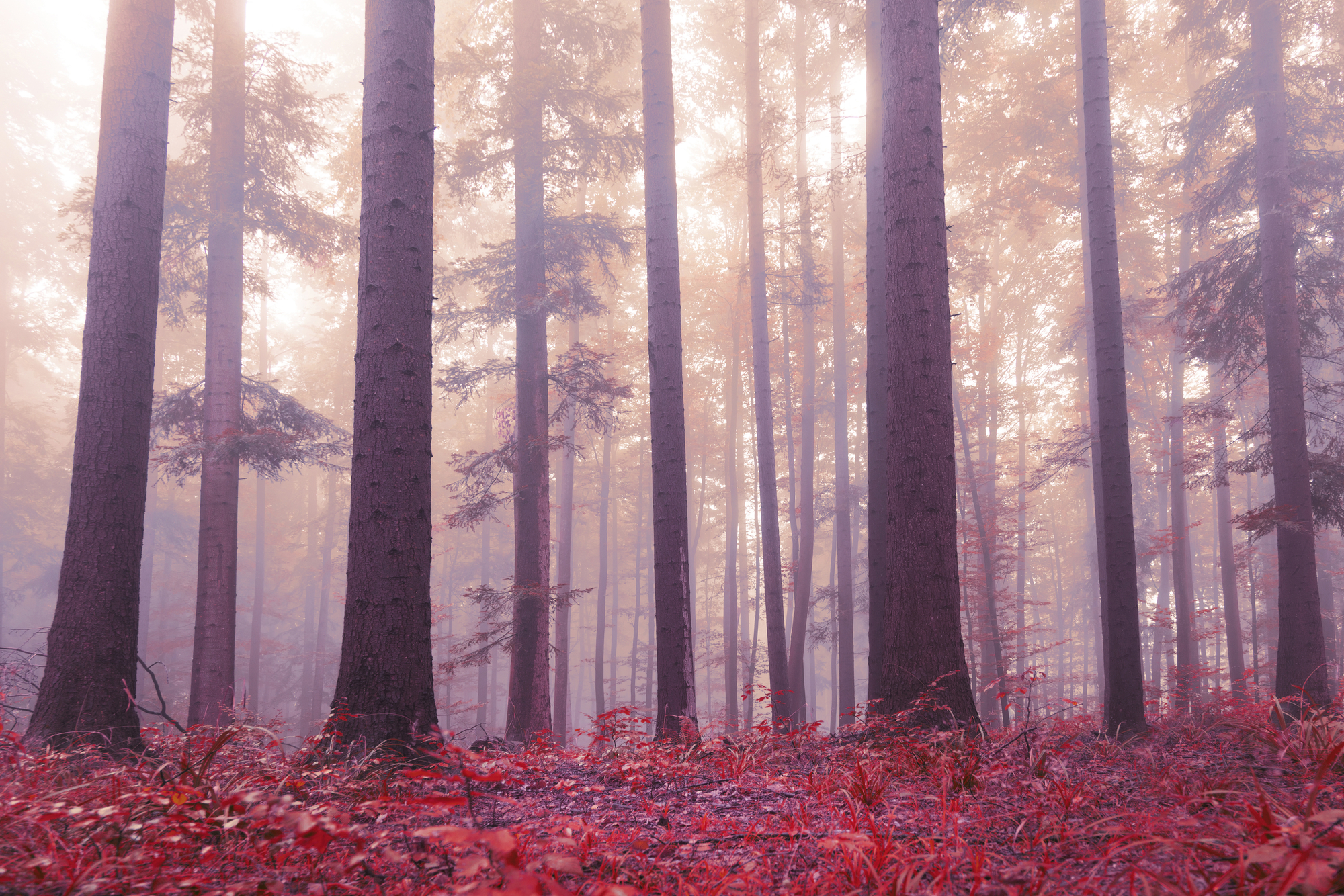When (and why) you should use the bokeh effect
The reason why the bokeh effect is so popular is that it allows you to create a sense of ‘layers’ in your images since it separates the subject from the background. A human’s eye is able to recognize the three dimensions of an image, or simply perceive it as more ‘deep’, when there is a visible difference between the foreground and the background in a shot. This basically means that using bokeh helps photographers take more appealing, 3D-like pictures, and add real visual emphasis on their subjects. Bokeh isn’t a universal thing for every photography genre though, so you should know when it’s best to experiment with bokeh backgrounds to really leverage this technique.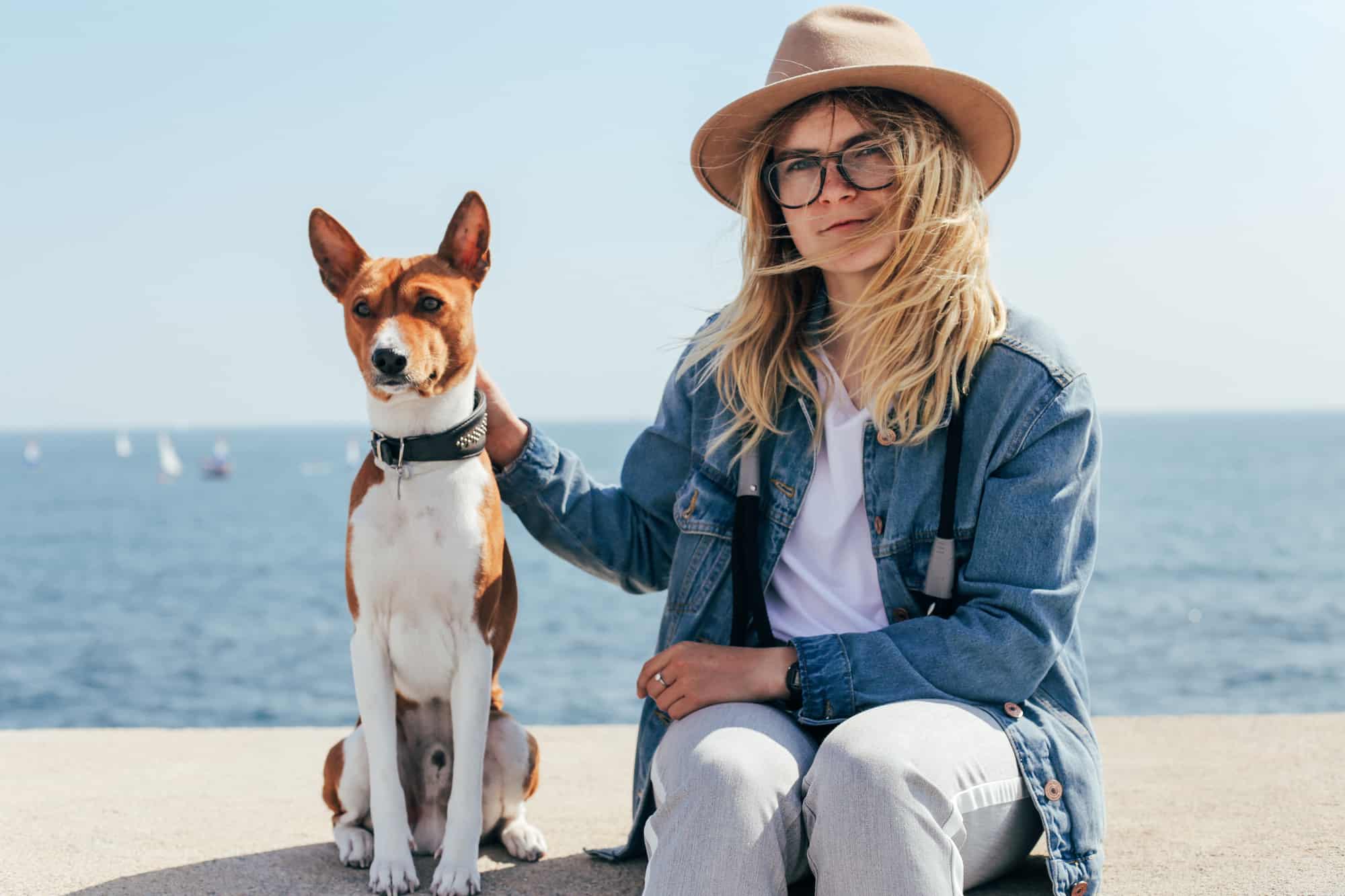
Portrait photography
It’s safe to say that bokeh is used in portrait photography more often than in all the other photography genres. Bokeh backgrounds help you compliment your models and make them stand out on your shots as there are less distracting factors. That’s especially true if you choose a background with the right colors that can highlight the features of your subject.Shooting your pets
Similar to portraits of humans, shooting your beloved pets with a bokeh background can completely change the mood of the shots. It might become a real trick to place your animal subjects just right and take a nice, steady shot, and sometimes it’s a good idea to include treats to reward your little friends!Nature photography
Although it might not always be so easy to get a nice bokeh effect with a green background, nature has an abundance of subjects and objects to shoot and compliment with some bokeh touch. Close-ups and macro shots of nature with the bubbly effect on background look stunning and magical, so bokeh is an absolute must to try with nature photography. Leaves and greenery naturally diffuse the sunlight, which might help you with catching bokeh bubbles.Shooting at night
Nighttime provides amazing possibilities to shoot bokeh photos. A city skyline, streetlights, and other sources of artificial light in the background can create awesome bokeh bubbles in your pictures. That’s why many portrait shots with the bokeh effect are shot at night. Apart from portraiture, you can shoot many other subjects and objects with the bokeh technique after midnight.Still life
Another photography genre that works well with the bokeh effect is still life. You can experiment with it and shoot using both natural light and some tricks with artificial light. Still life is a good subject for practicing bokeh indoors as you can shoot small objects in front of some LED lights or scratched kitchen foil reflecting light from a lamp.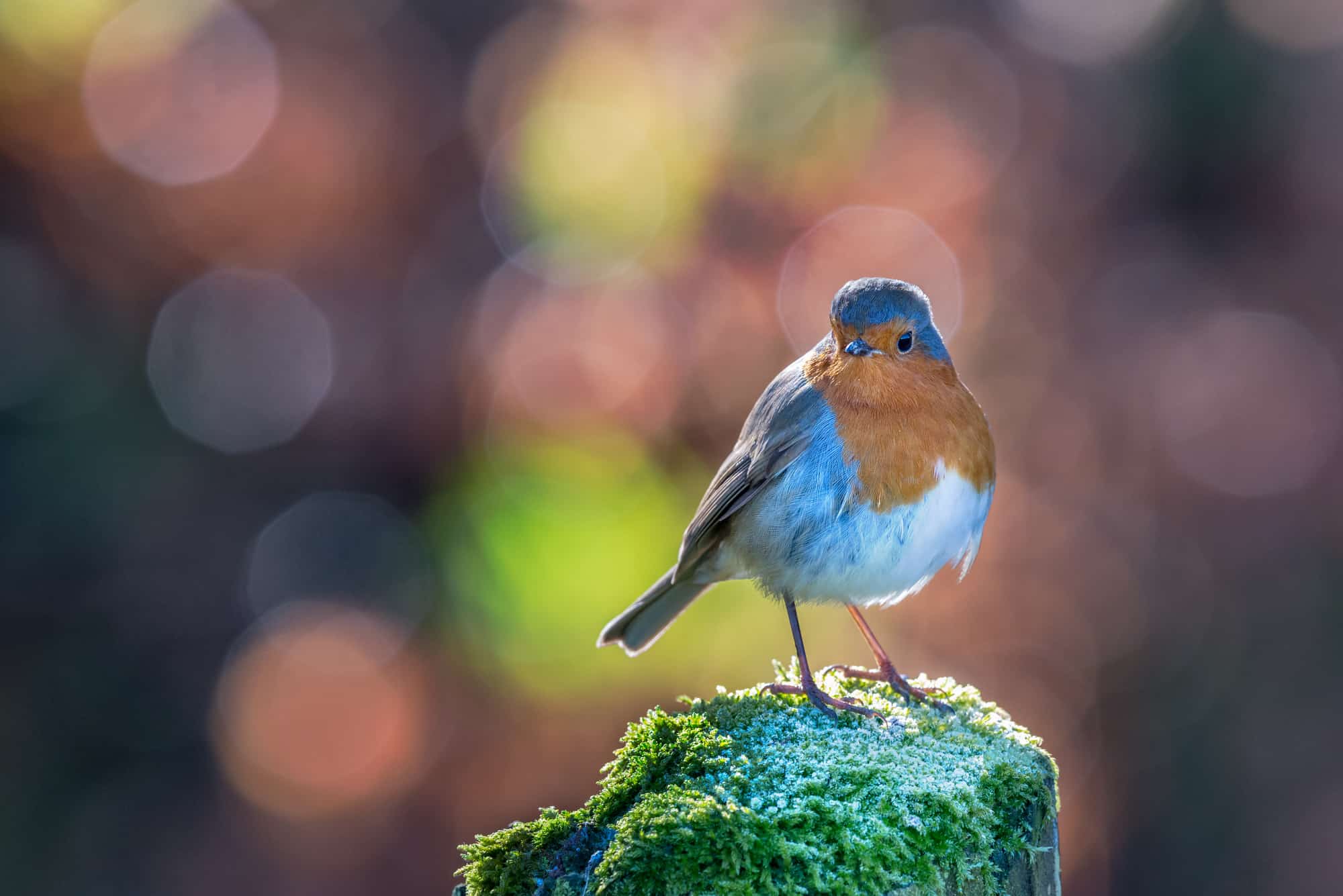
How to create the bokeh effect in photography
Bokeh is something that is talked about a lot, and there are many texts out there written on this photography technique, but it still might be confusing for a beginner photographer as to how to achieve this effect in their shots. The effect mostly depends on your lenses, not your camera. You see, bokeh needs to be shot with a wide-open aperture and a pretty fast lens, which is why some lenses are able to create better bokeh than others. Nevertheless, you can experiment with bokeh with almost any gear you have since the effect can also be achieved by the amount of distance between your subject and the background.1. Set the widest aperture possible
The most important advice for achieving the bokeh effect is keeping your aperture wide open. Apertures that are wide enough to reduce the depth of field and narrower depth of field means more bokeh and blurry effect. Note that the larger aperture is, the smaller its number (displayed in your camera settings, for example), which means f1.4 is a wider open aperture than f/2.8.2. Get as far away from your background as possible
Distance is everything for the bokeh effect. To make sure you get the blurry background you want, you need to make sure there is enough distance between the background and your subject, and more distance means you have a chance to achieve a more blurry effect. So take your model and go at least a couple of dozens of meters (or hundreds of feet) away from your desired background.3. Place your subject as close as you can
Apart from distancing your background, you should also get closer to your subject. If you are close to it, the depth of field is smaller, which results in a more naturally blurry background.
